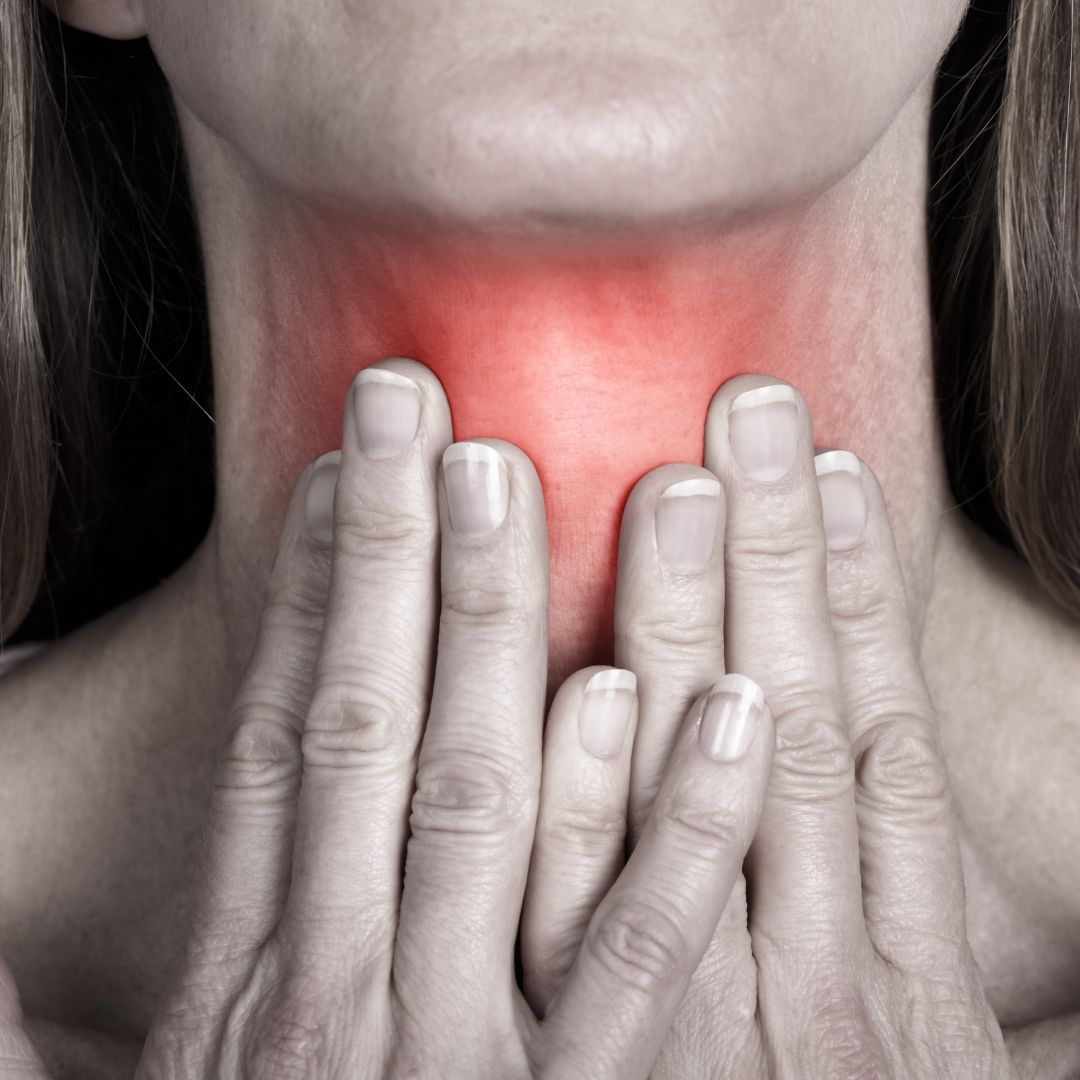Whilst the specific underlying condition will dictate how your voice condition will be managed, there are some important underlying principles of management common to all. Optimal treatment of a voice disorder follows a three-pronged approach.
Medical
Following the initial assessment, many conditions may be managed successfully by prescription and over the counter medicines that are designed to reduce infection, inflammation and exacerbating conditions such as gastroesophageal reflux and post nasal drip (from nasal and sinus conditions).
Surgical.
The surgical team offering laryngological treatment at OneWelbeck have over 60 years of experience between them. This critical expertise ensures the delicate structures that comprise the larynx are respected, in order to be able to cleanly and precisely remove the diseased section, with minimal injury to surrounding healthy tissue. Inappropriate surgical treatment risks worsening the voice postoperatively through the formation of potentially irreversible scarring.
The exact surgical procedure will be tailored to the particular condition, but common to most is a short general anaesthetic, suspension laryngoscopy and in most cases ventilation without the need for a tube. This gives the surgeon unimpeded, two-handed access to the voice box structures without the need for any external incisions.
Our group is skilled in the use of fine dissecting instruments and lasers to cleanly excise pathological lesions. We have equipped our theatre with a wide array of microsurgical instruments and the latest lasers including carbon dioxide and KTP laser technology to help facilitate clean dissection.
Other treatments we offer may include fine suture techniques, , biological filler, or botulinum toxin. Some of the injectable treatments may be able to be performed under local anaesthetic, providing immediate real time feedback of their efficacy.
Behavioural modification including dedicated speech and swallow therapy
This is a very important component in the restoration of a voice disorder and should be performed in conjunction with any medical or surgical treatment. Patients suffering from hoarseness often develop abnormal or compensatory vocalising behaviours and tension in the muscles that surround the larynx. This dysfunction may persist and indeed exacerbate the hoarseness even after the trigger has gone.
There are specific and tailored laryngeal physiotherapy protocols that will help “unload” these dysfunctional muscle patterns. The Speech therapists that we work with have enormous experience in managing all aspects of voice and swallow rehabilitation.
All patients will be instructed and guided on favourable vocal hygiene measures.

